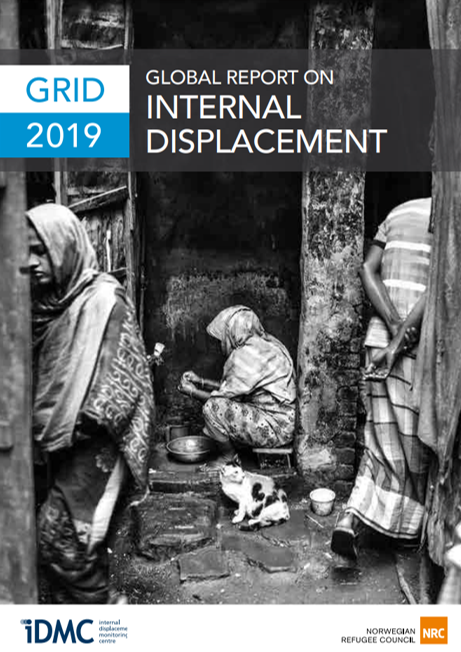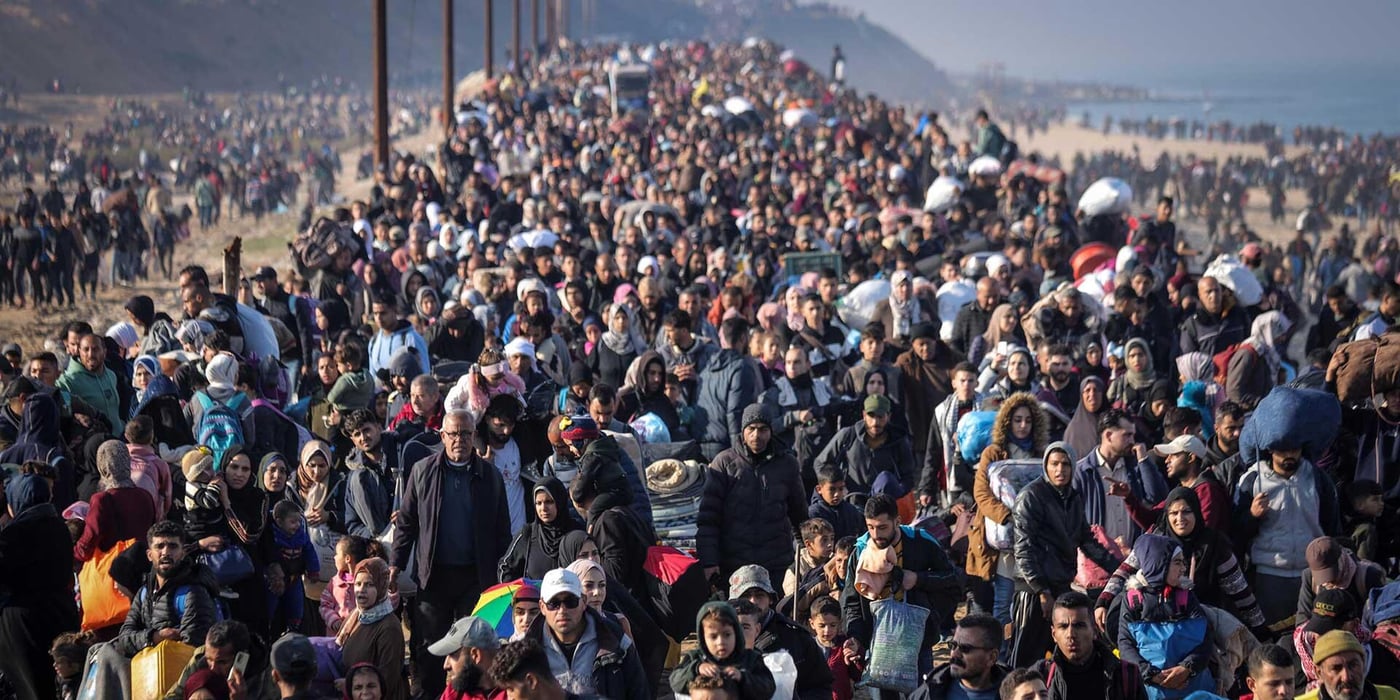
The report shows that 10.8 million people were displaced in their own country as a result of war and conflict in 2018. In addition, disasters such as floods and tropical cyclones led to 17 million new internally displaced people last year.
Read the Global Report on Internal Displacement 2019 from IDMC here.
What do we mean by internally displaced people?
Internally displaced people are people who have fled their homes but continue to live in their home country.
Internally displaced people are not the same as refugees because refugees are people who have fled across a national border and are no longer living in their home country.

Why are so many people displaced in their own country?
Altogether, there are now over 41 million internally displaced people as a result of war and conflict in the world – a higher figure than ever before. This high number is a result of people being displaced for years or being forced to flee multiple times, combined with the great number of new internally people in 2018.
Internal displacement is a global phenomenon, but a few countries are much more seriously affected than others. In each of the nine hardest hit countries, over one million people were internally displaced in 2018 alone.
Which countries are hardest hit?
More than half of those internally displaced by conflict last year are from Ethiopia, the Democratic Republic of the Congo or Syria. In countries such as Afghanistan, Nigeria, Ethiopia and Somalia, both conflict and disaster forced people to flee their homes.





